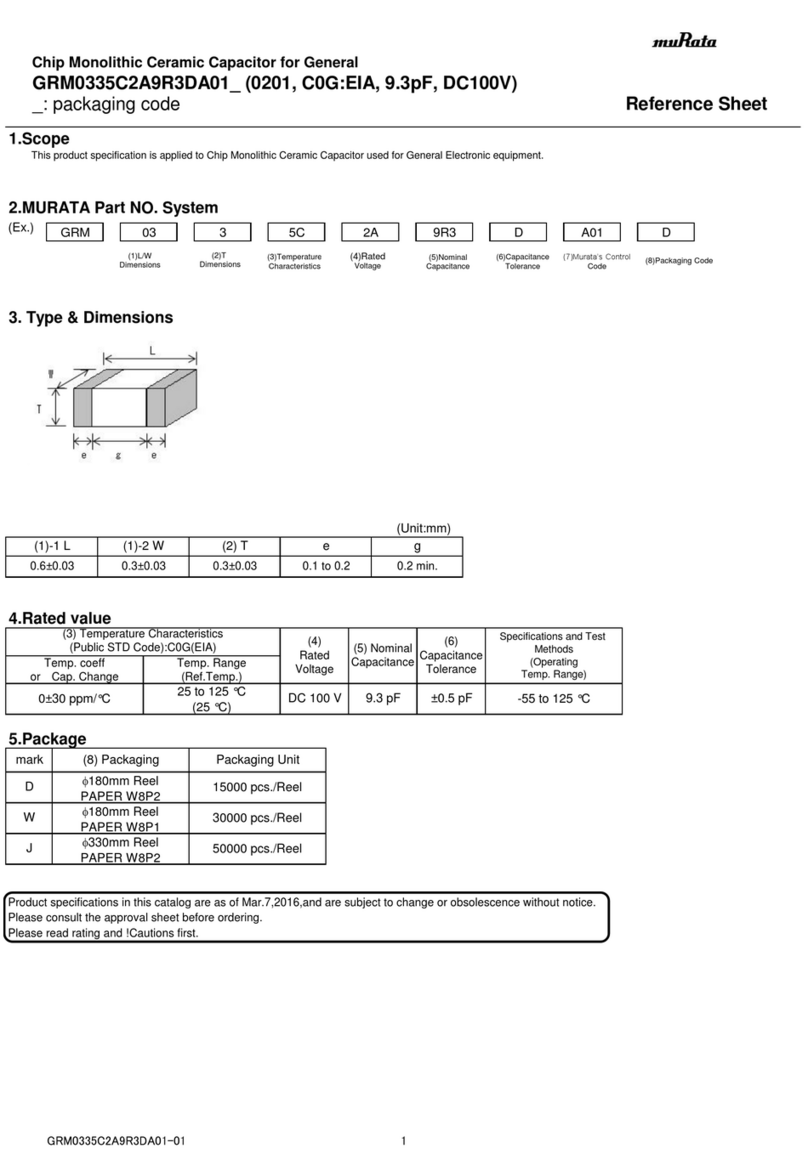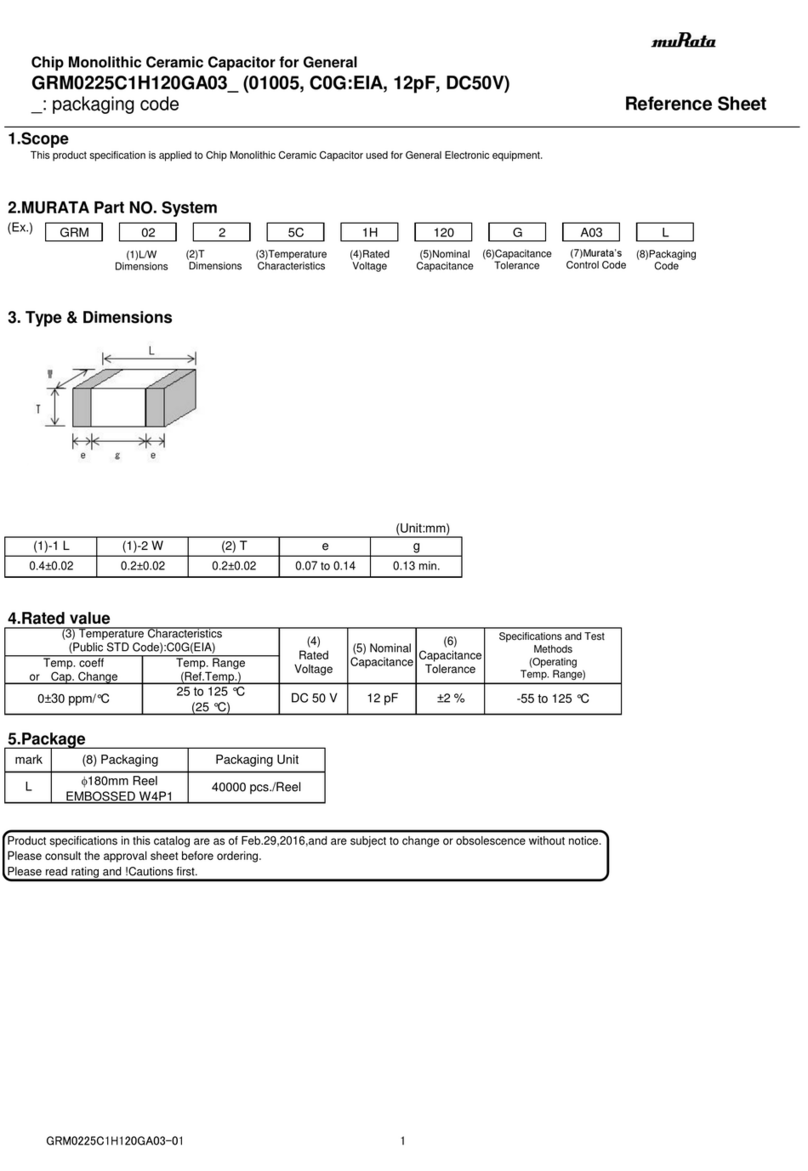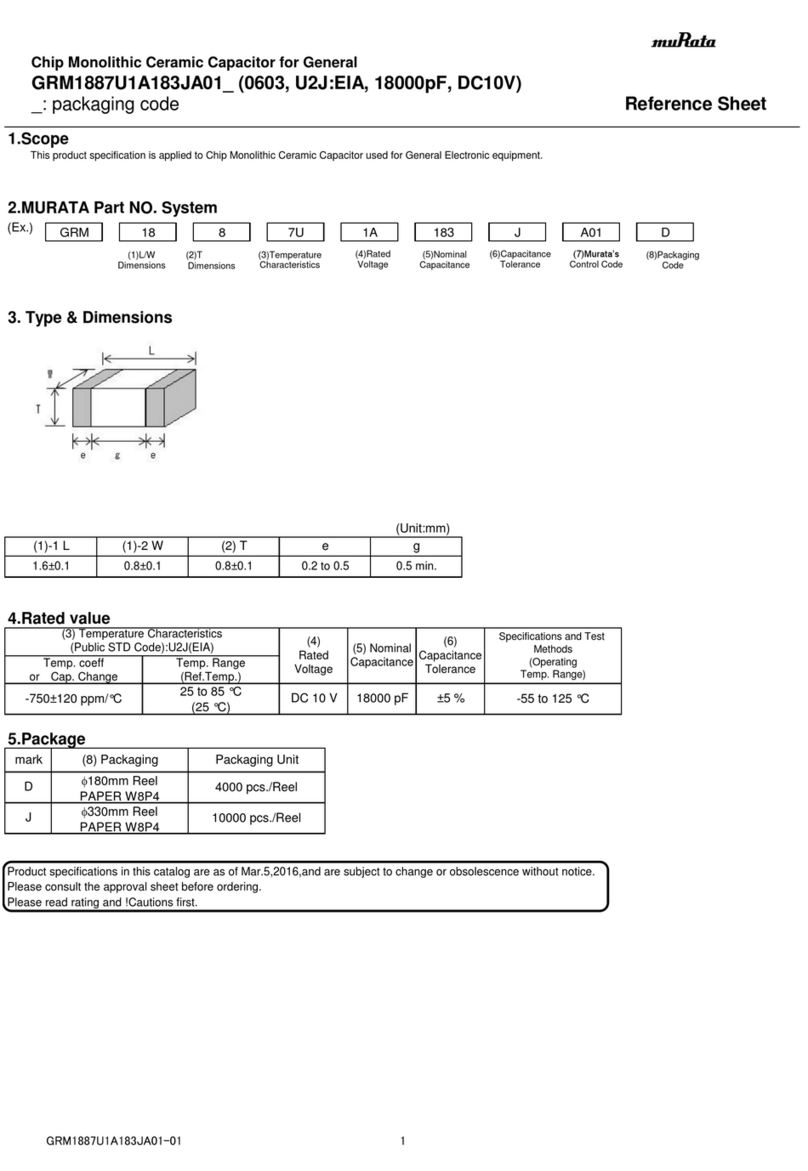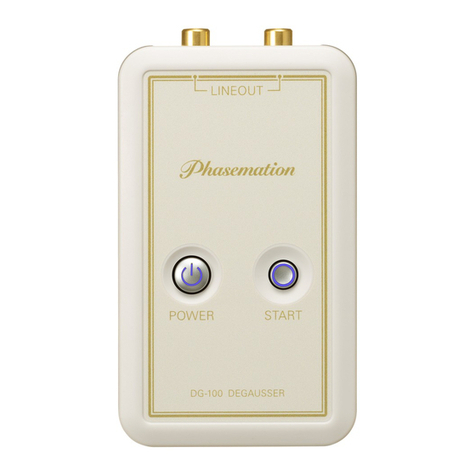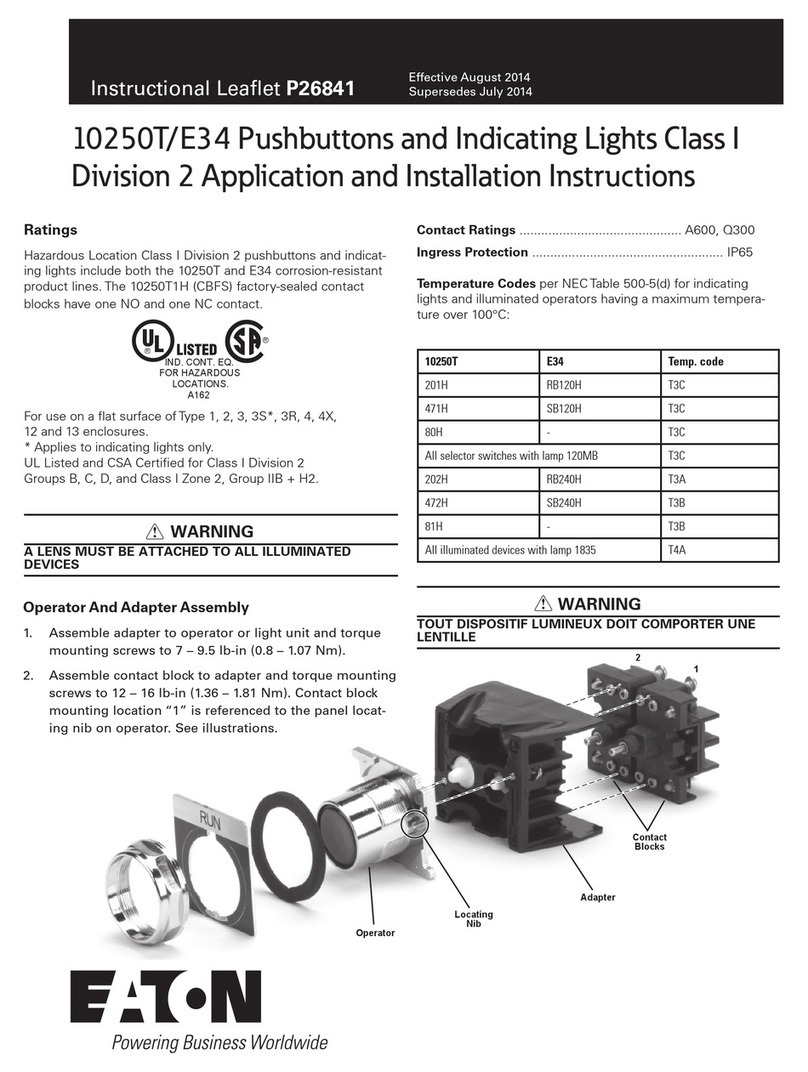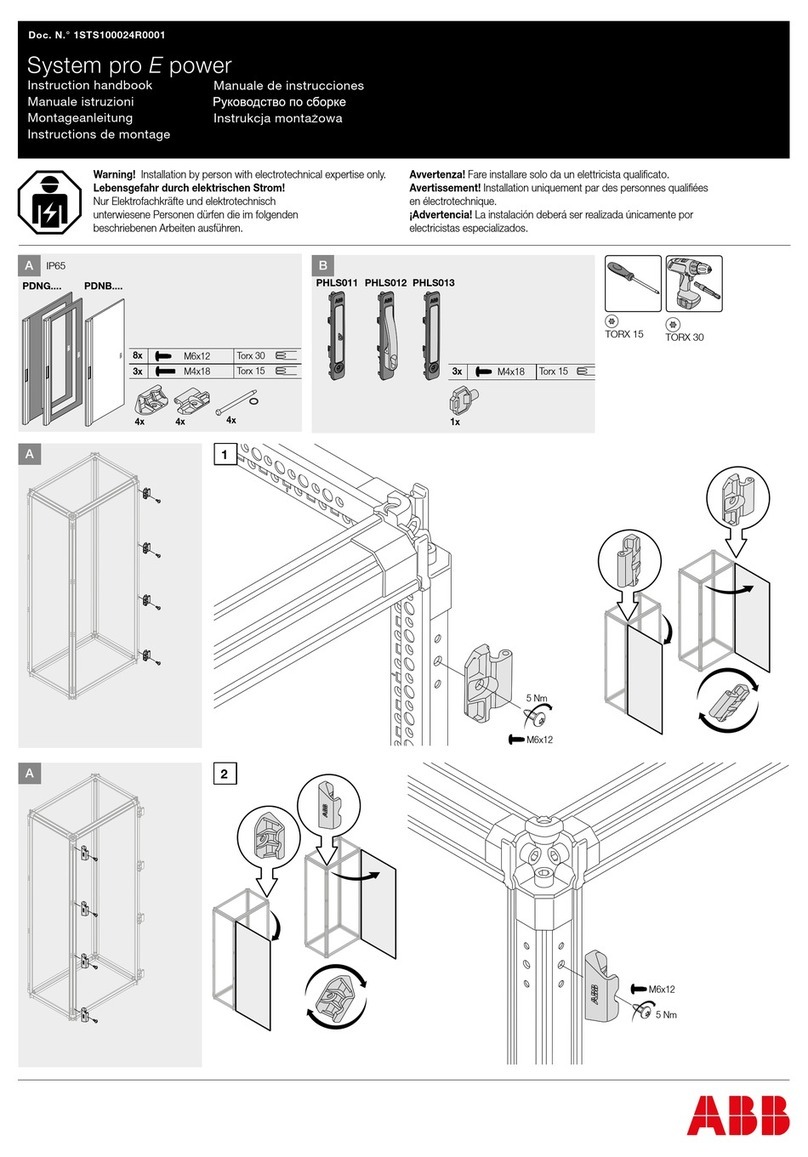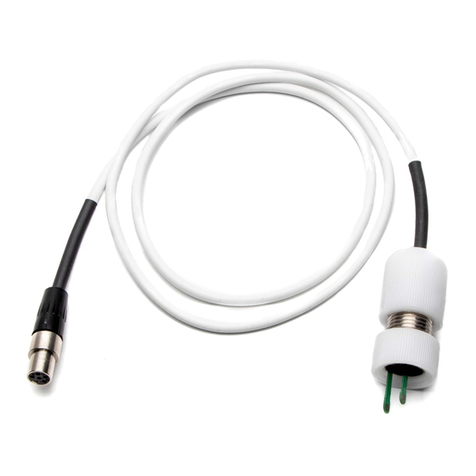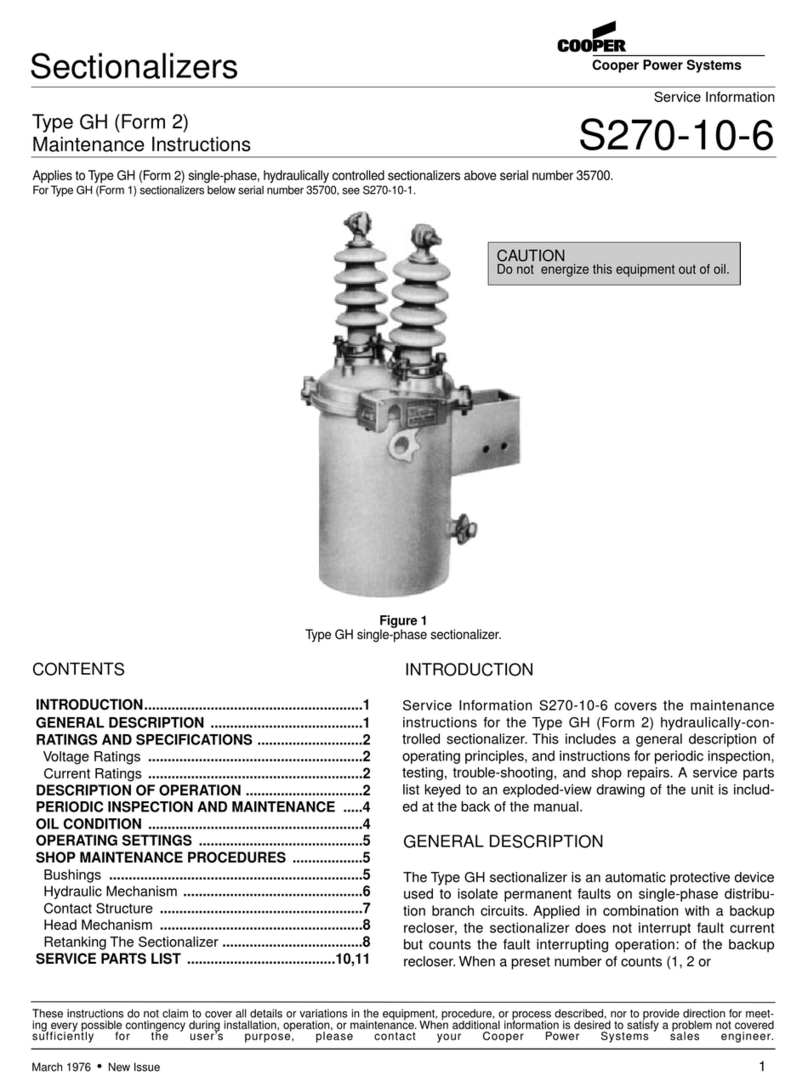Murata GRT155R61A225ME01 Series User manual
Other Murata Industrial Electrical manuals
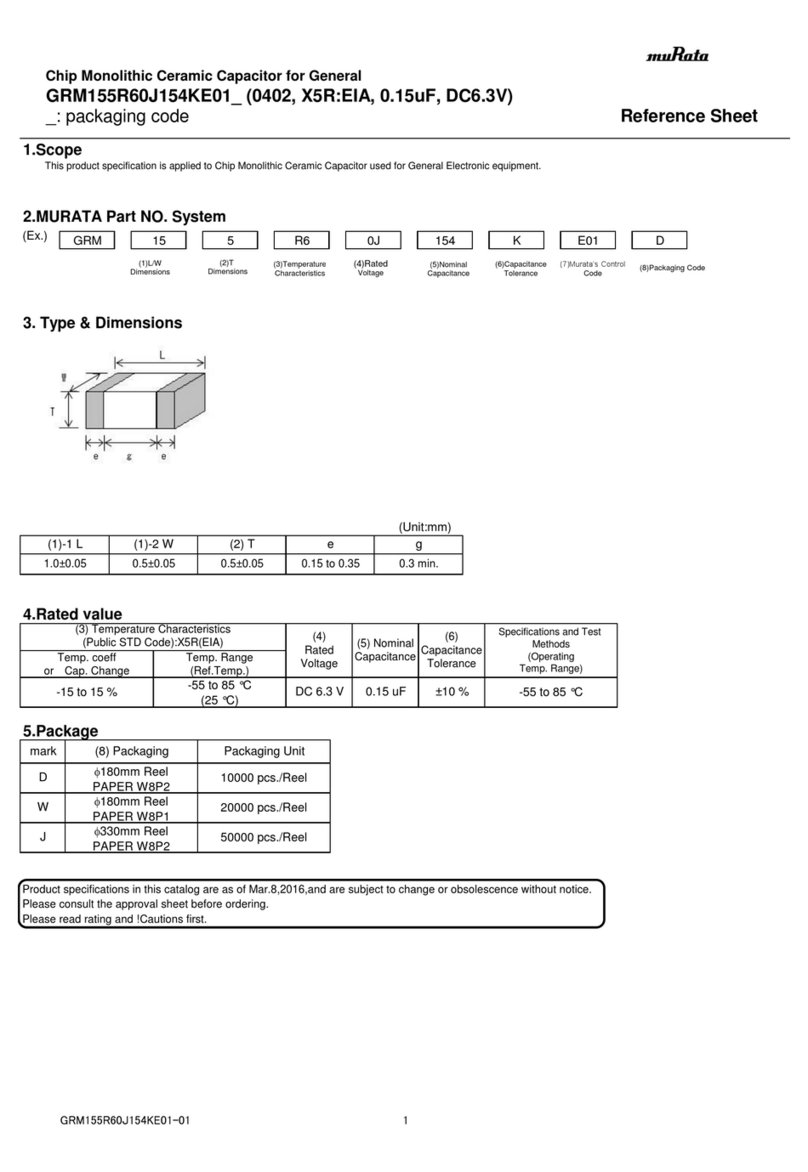
Murata
Murata GRM155R60J154KE01 Series User manual

Murata
Murata GCM155R71H332KA37 Series User manual
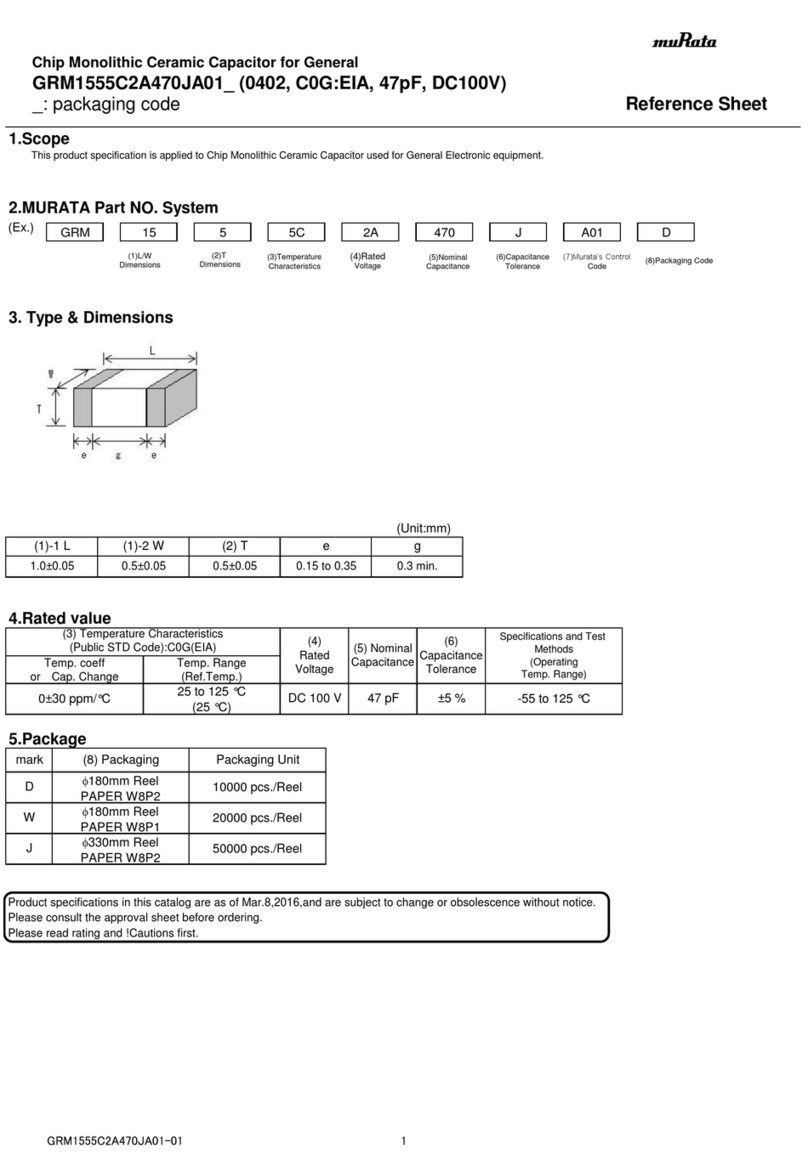
Murata
Murata GRM1555C2A470JA01 Series User manual
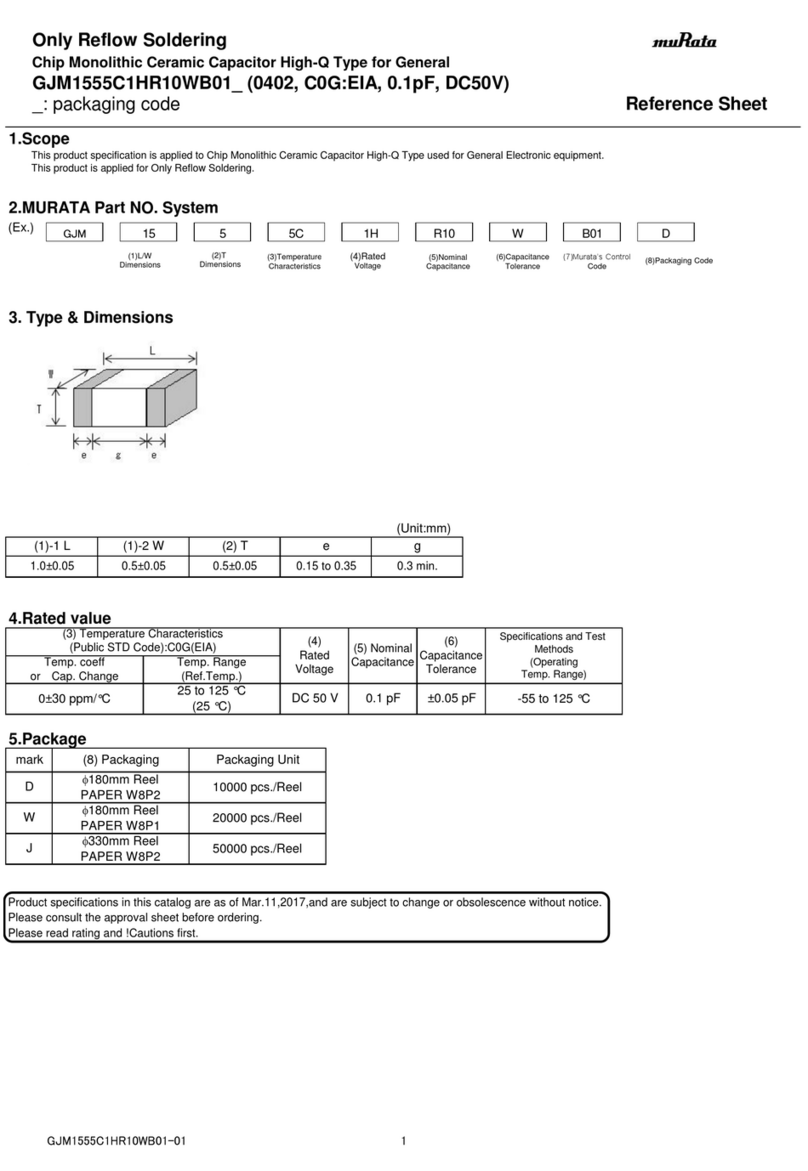
Murata
Murata GJM1555C1HR10WB01 Series User manual

Murata
Murata GRM155R60J274KE01 Series User manual
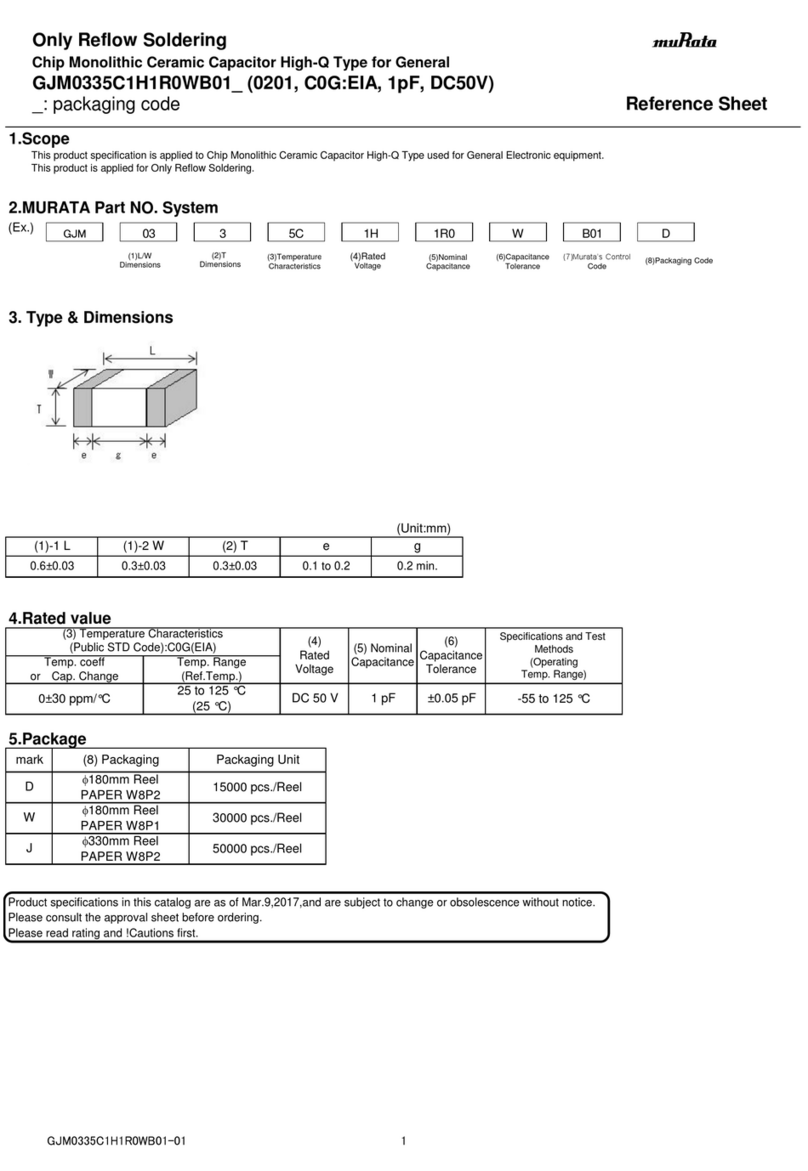
Murata
Murata GJM0335C1H1R0WB01 Series User manual

Murata
Murata GRM155R71E104ME14 Series User manual
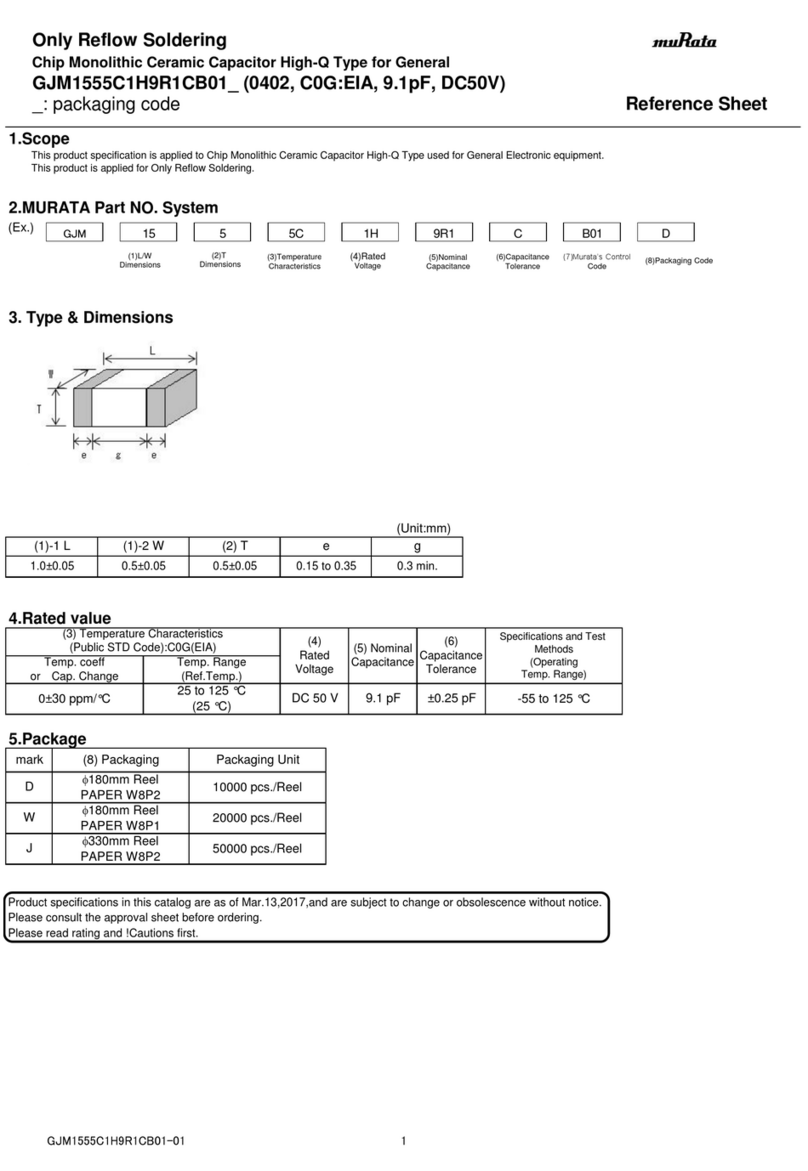
Murata
Murata GJM1555C1H9R1CB01 Series User manual

Murata
Murata GRM216R71C473KA01 Series User manual
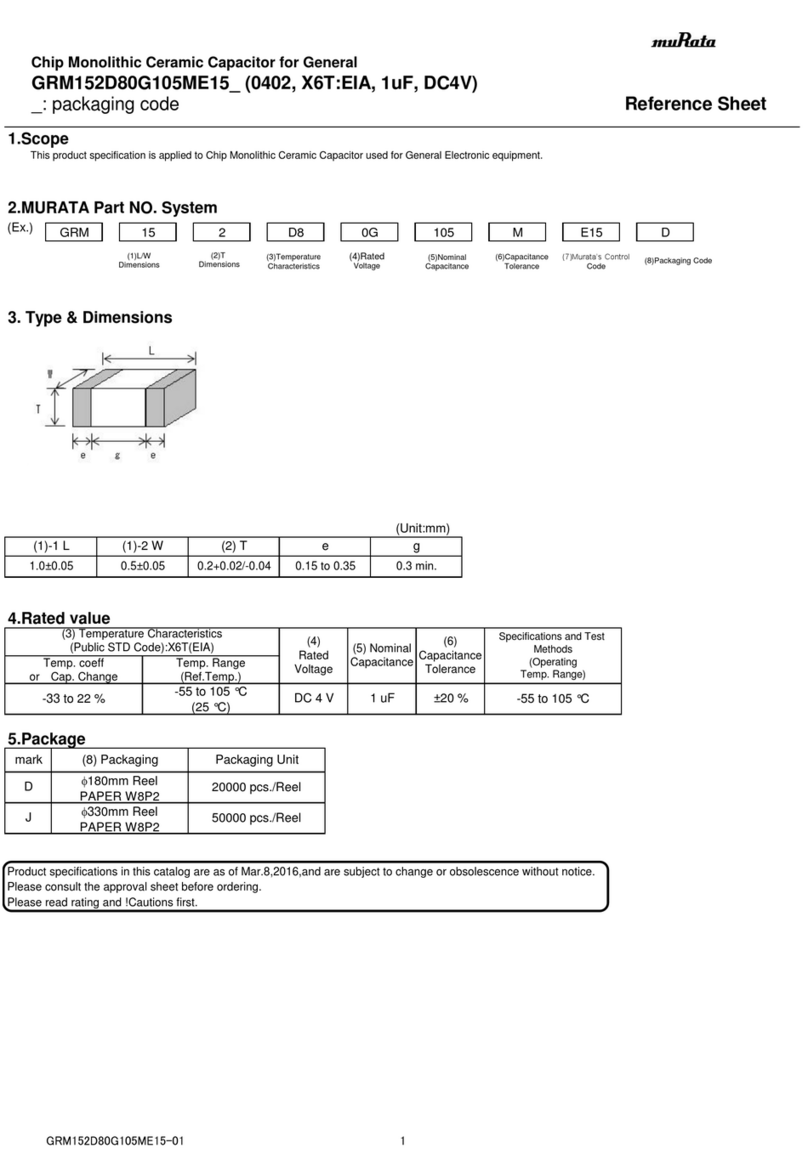
Murata
Murata GRM152D80G105ME15 Series User manual
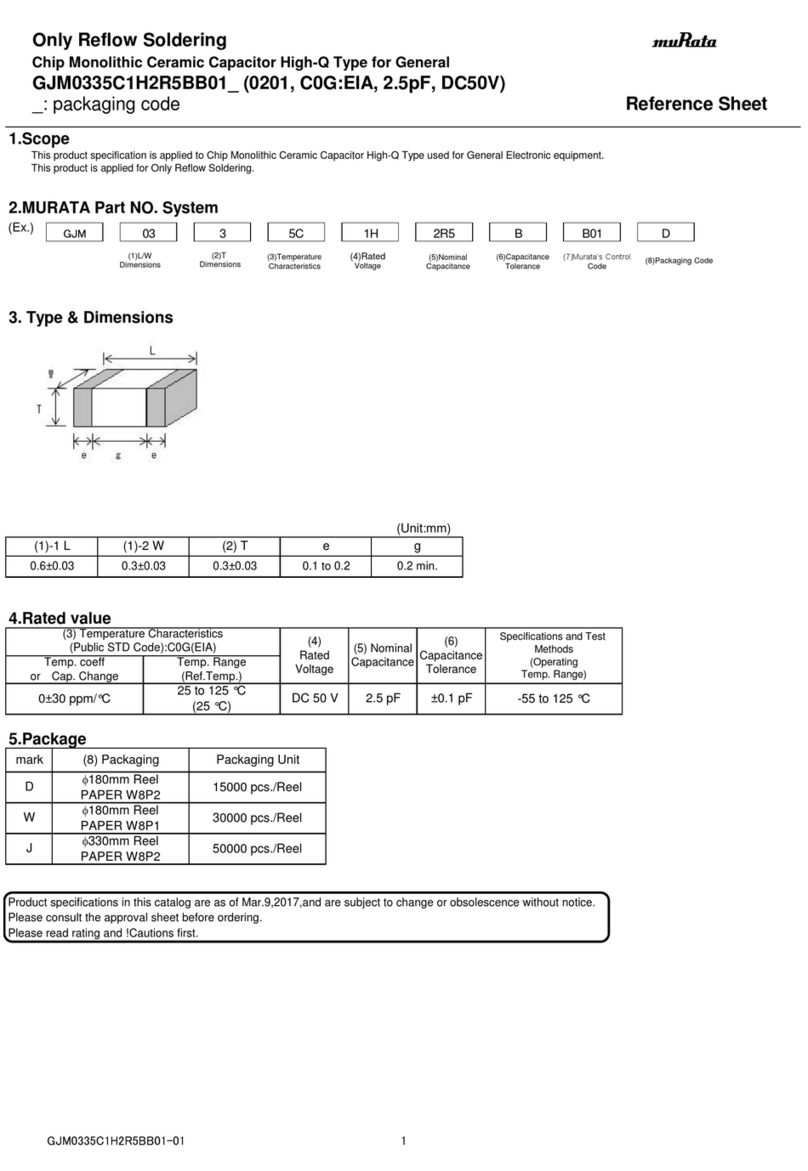
Murata
Murata GJM0335C1H2R5BB01 Series User manual
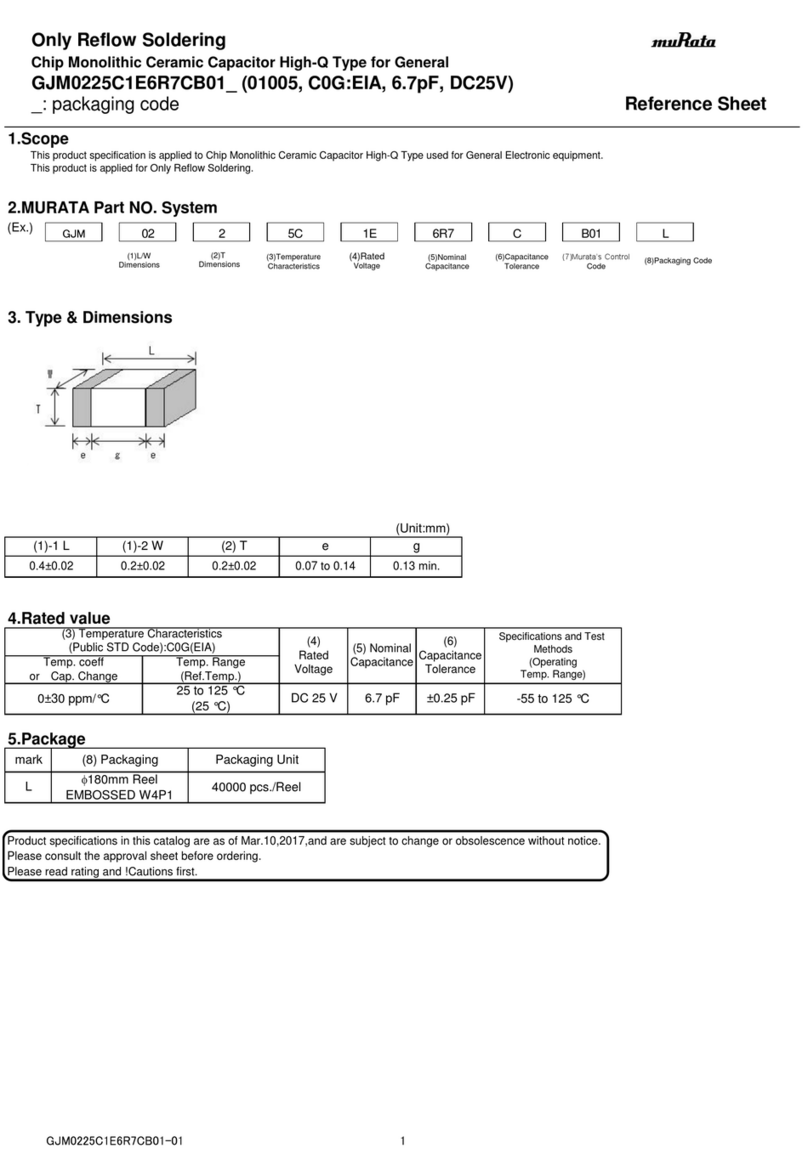
Murata
Murata GJM0225C1E6R7CB01 Series User manual
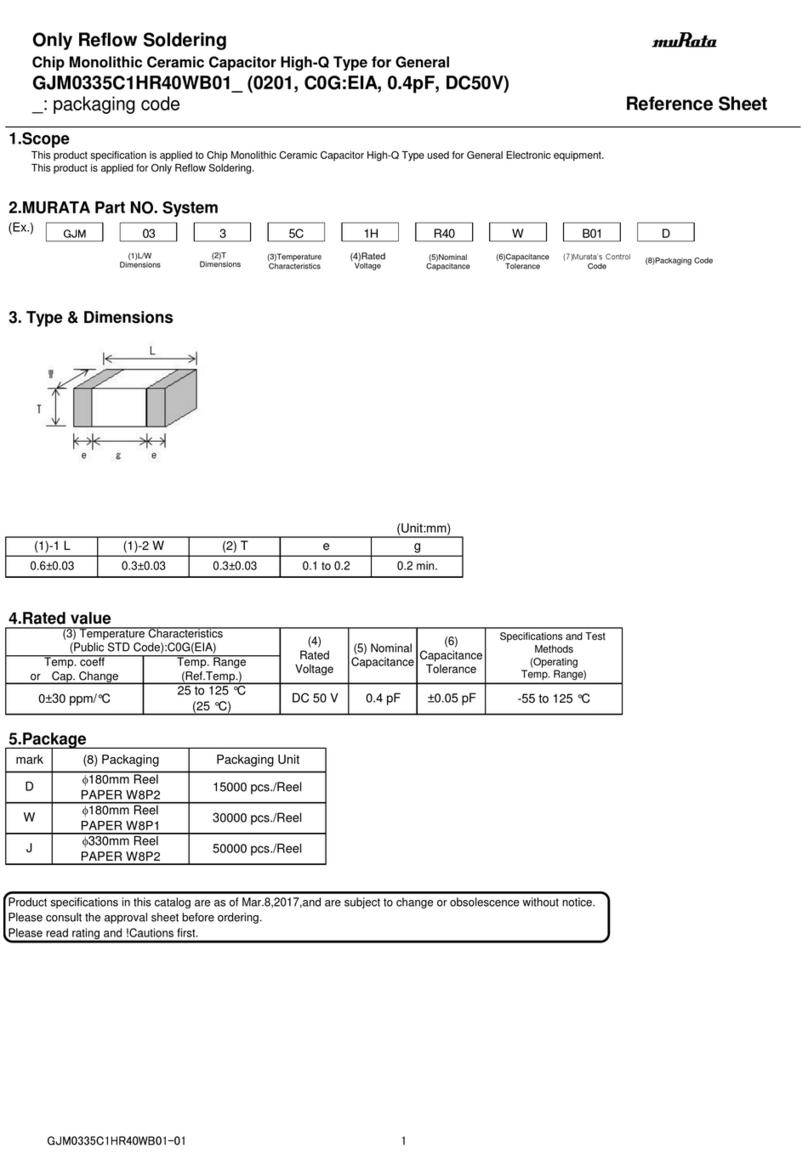
Murata
Murata GJM0335C1HR40WB01 Series User manual
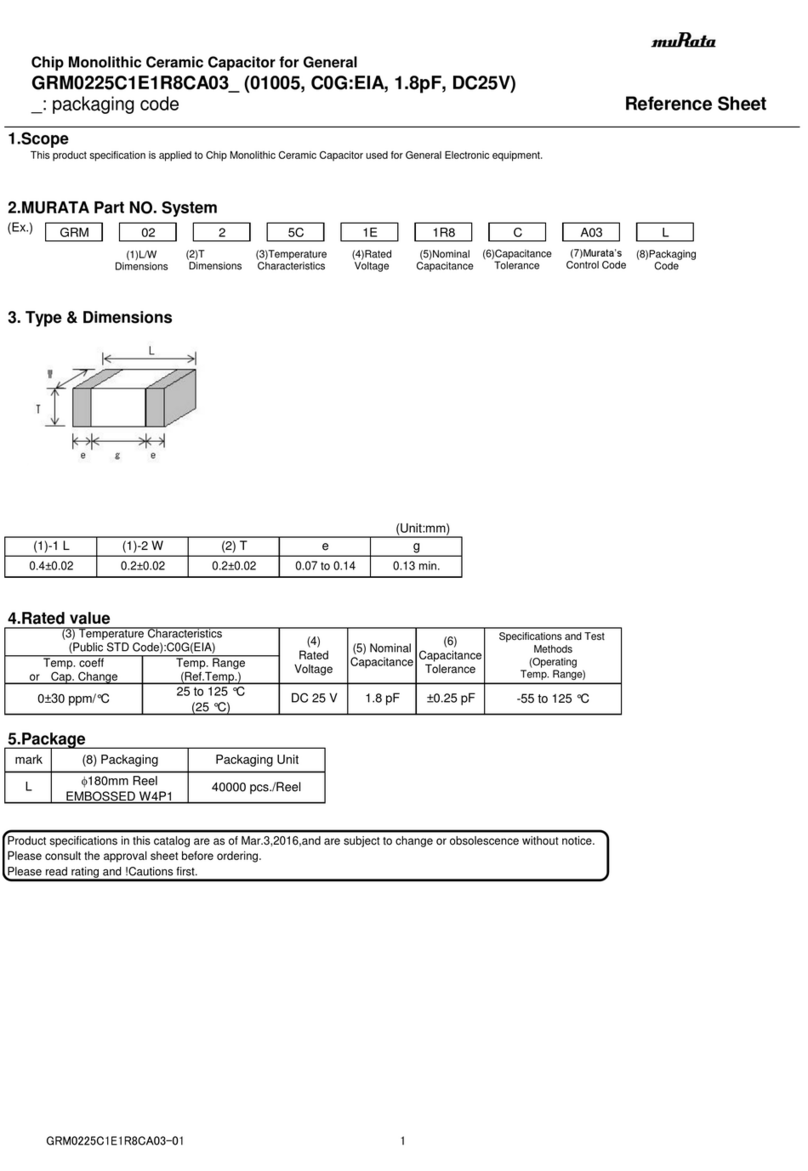
Murata
Murata GRM0225C1E1R8CA03 Series User manual

Murata
Murata GRM21BF51E225ZA01 Series User manual
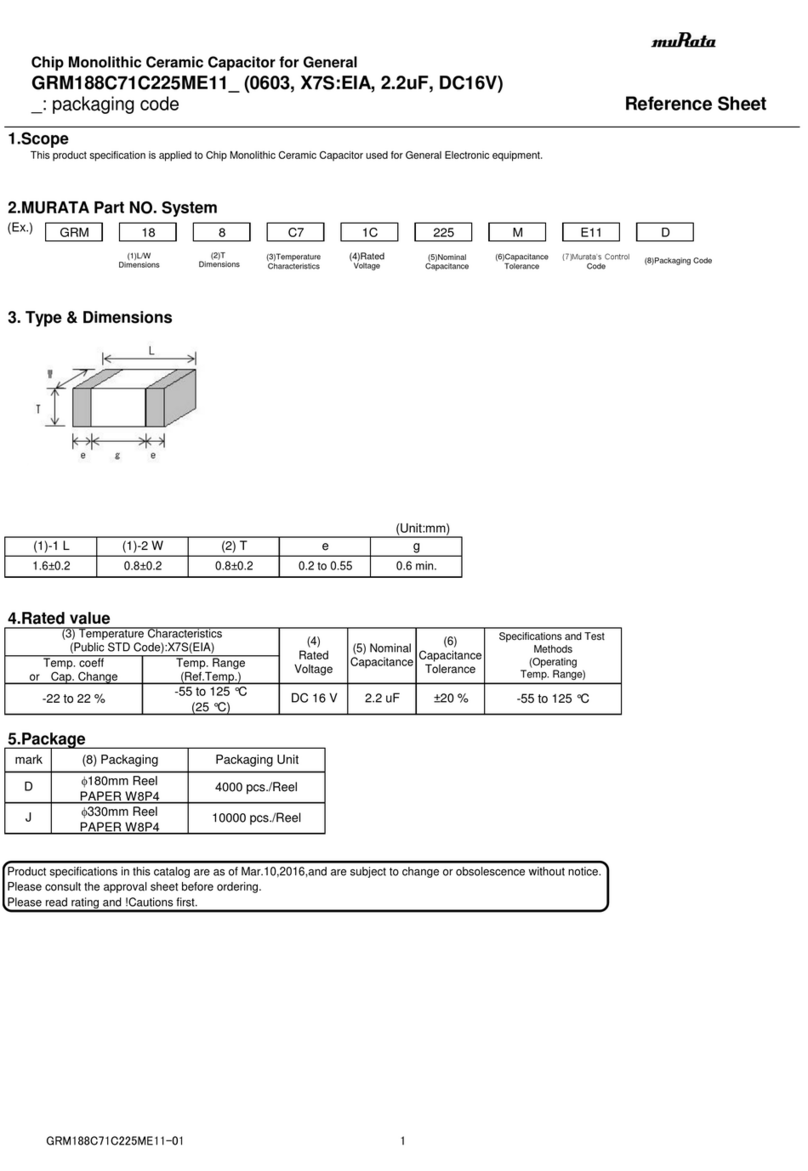
Murata
Murata GRM188C71C225ME11 Series User manual
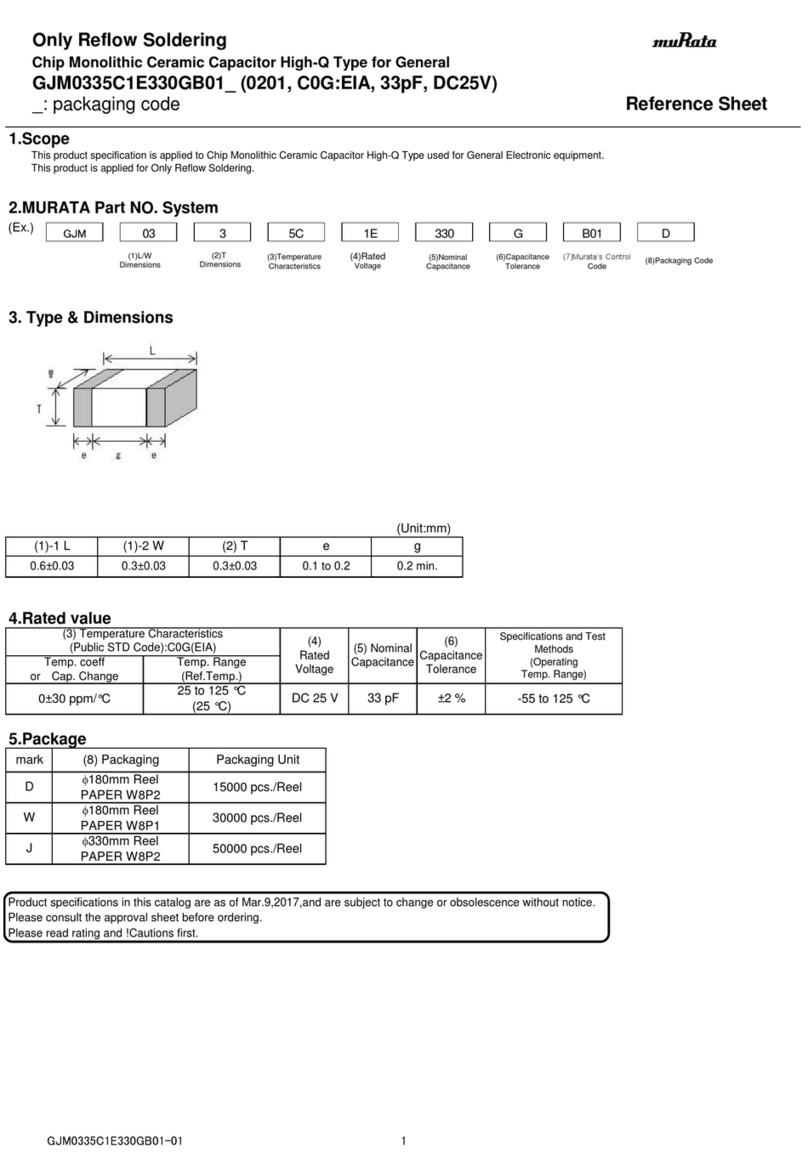
Murata
Murata GJM0335C1E330GB01 Series User manual
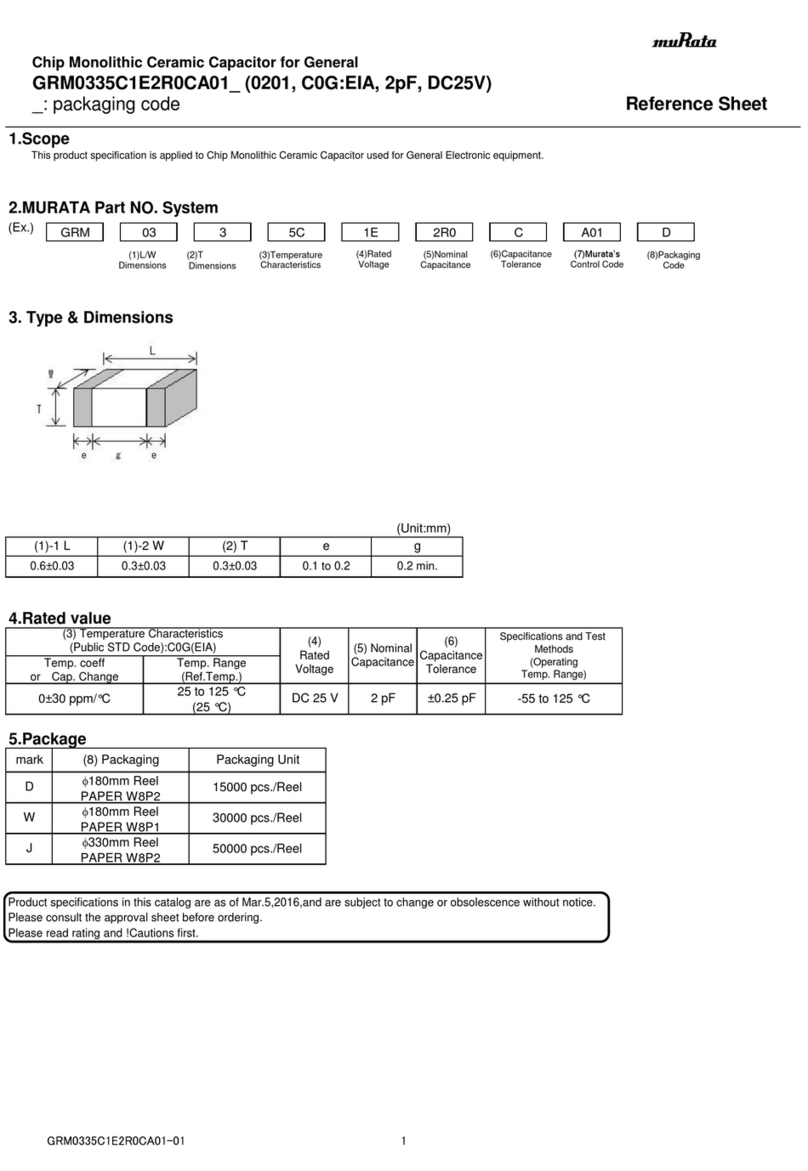
Murata
Murata GRM0335C1E2R0CA01 Series User manual
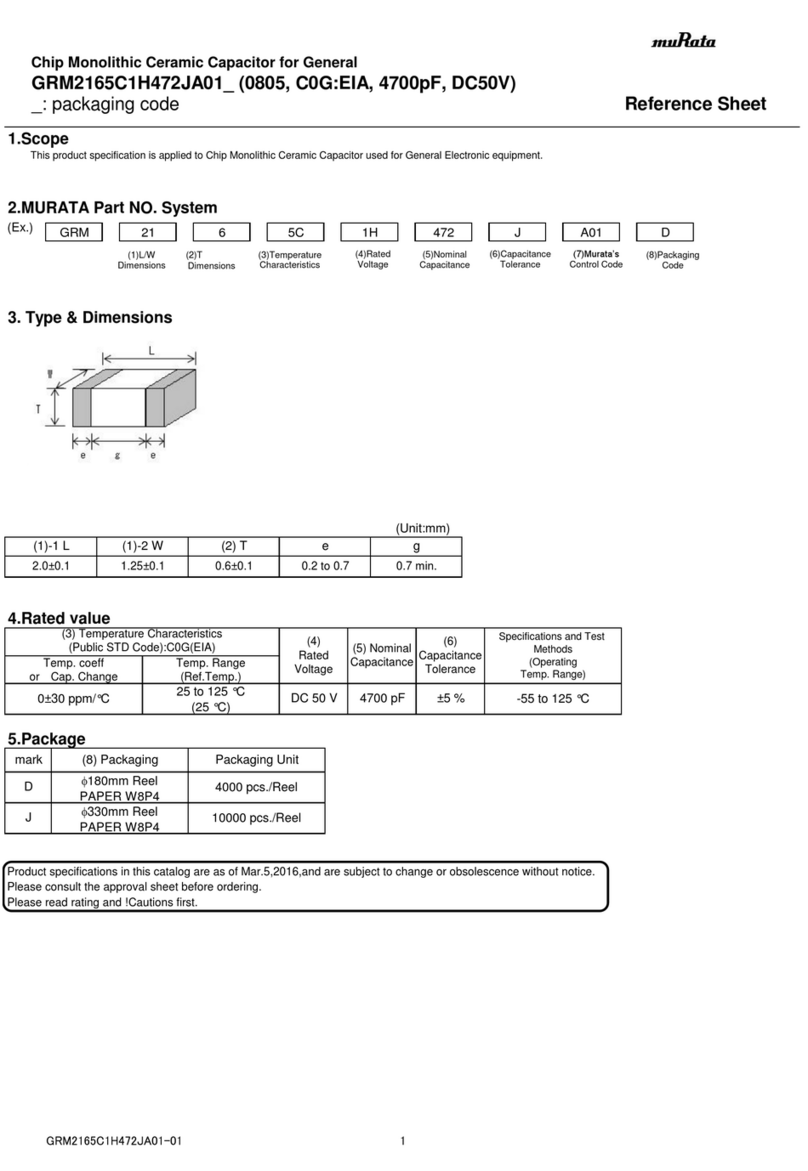
Murata
Murata GRM2165C1H472JA01 Series User manual
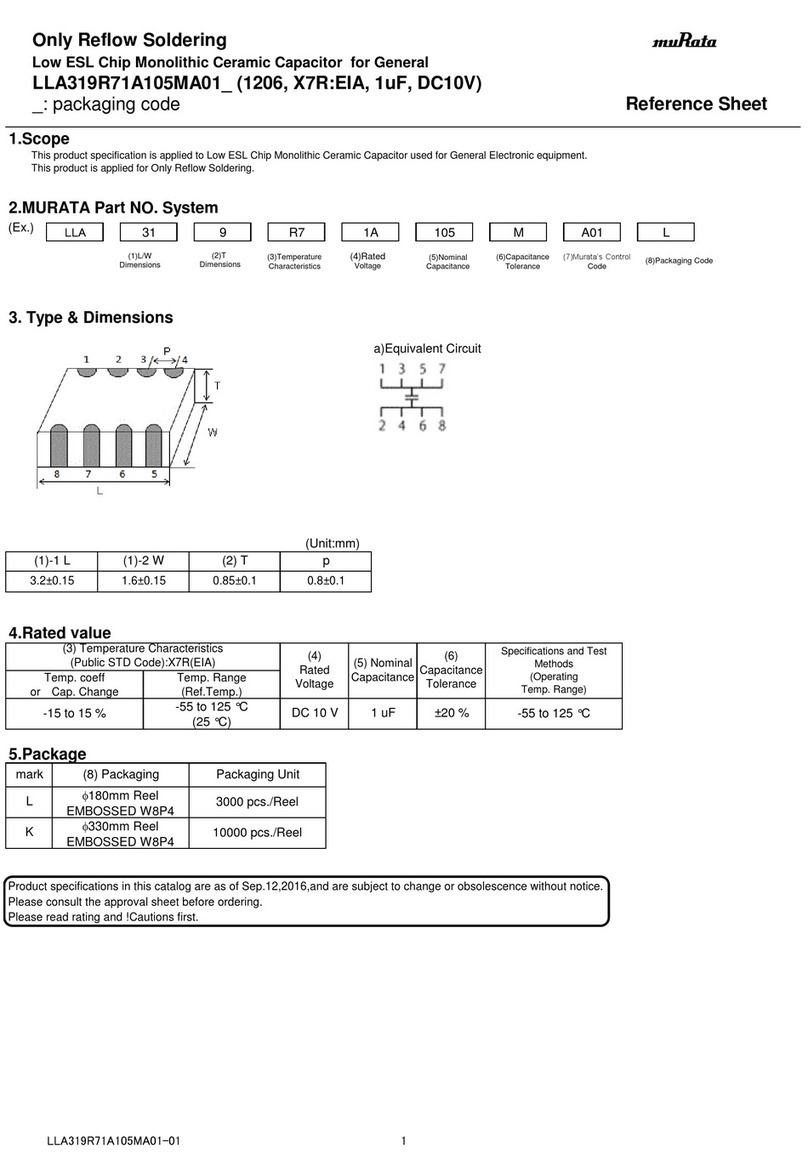
Murata
Murata LLA319R71A105MA01 Series User manual
Popular Industrial Electrical manuals by other brands
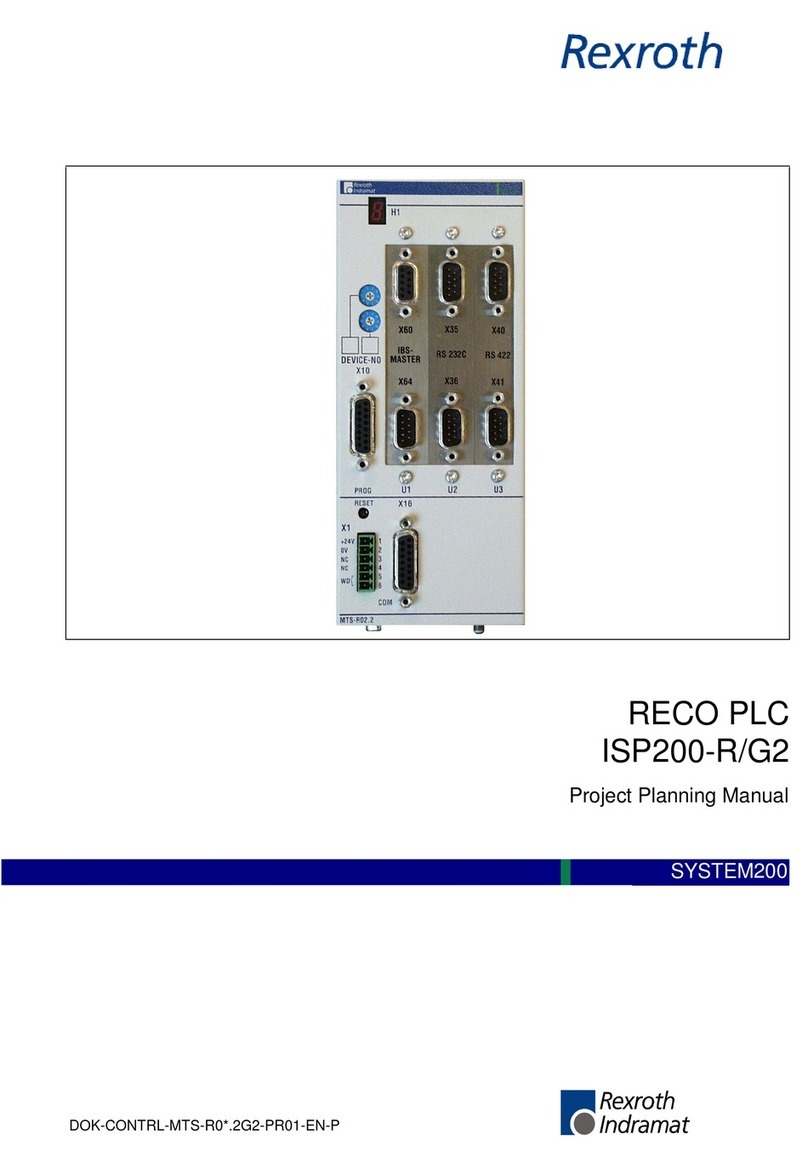
Rexroth Indramat
Rexroth Indramat DURADRIVE SYSTEM200 Project planning manual

Abtech
Abtech HVJB Series Installation, operation & maintenance instructions

SAF-HOLLAND
SAF-HOLLAND CBX 5415.5 Installation and operation manual

Eaton
Eaton Ulusoy HMH24-04 user manual

Newlong
Newlong NP-7H NSTRUCTION MANUAL/PARTS LIST

Stahl
Stahl 8575/12 operating instructions

SI
SI Pegasus installation instructions

Cooper Power Systems
Cooper Power Systems VXE15 Installation and operation instructions

S&C
S&C Vista SD manual

Siemens
Siemens 3VA9988-0BM10 operating instructions
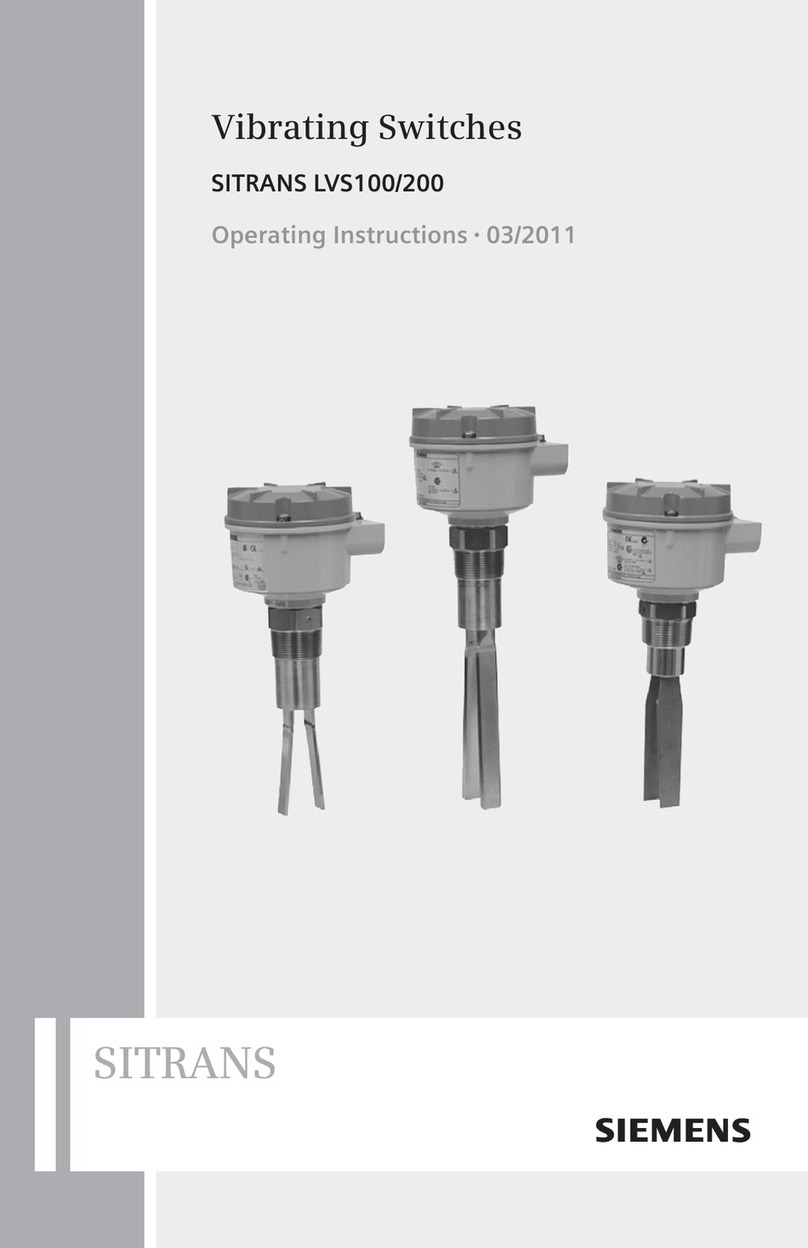
Siemens
Siemens SITRANS LVS100 operating instructions
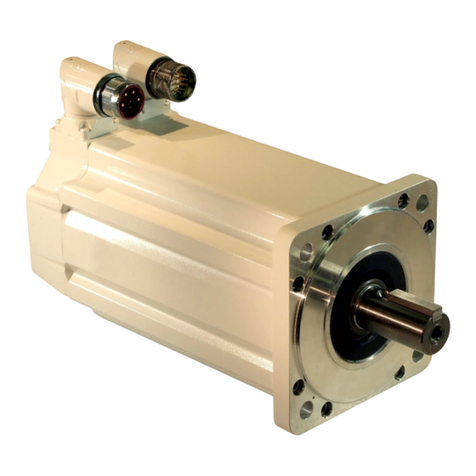
Rockwell Automation
Rockwell Automation Allen-Bradley MP-Series installation instructions

